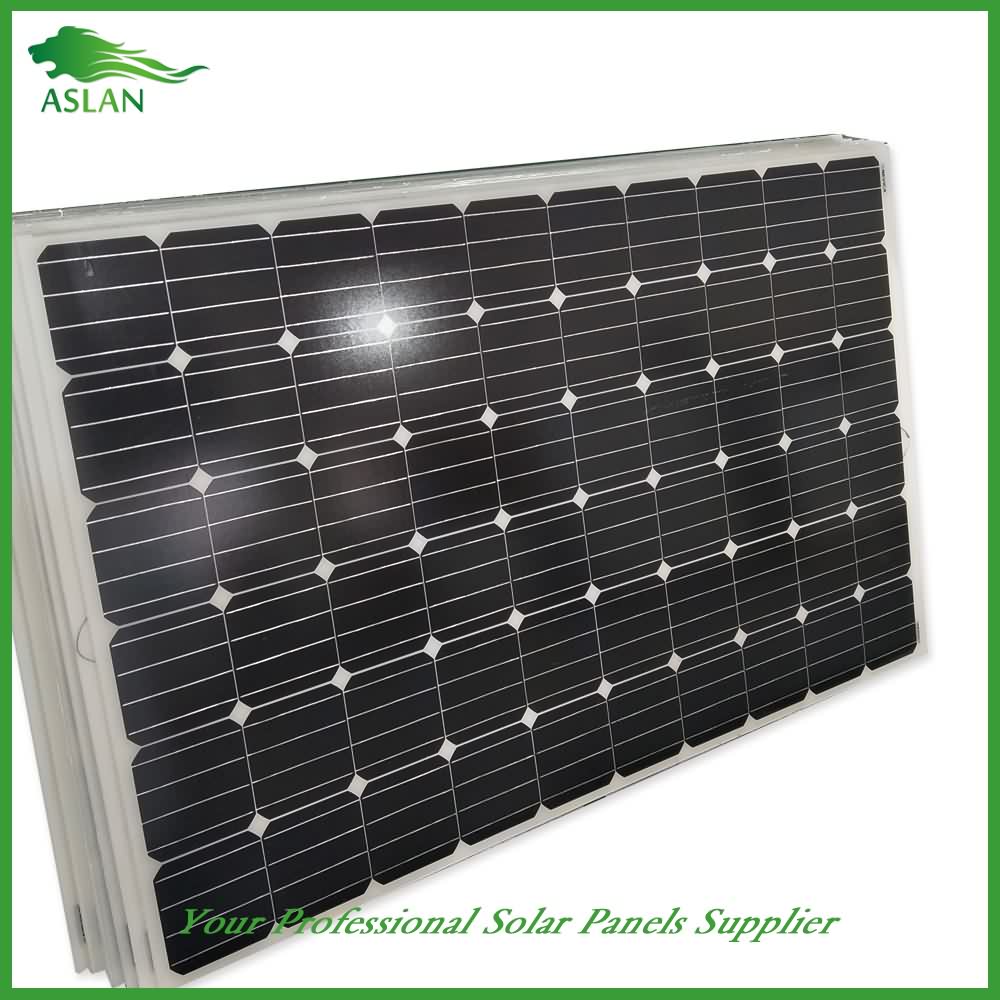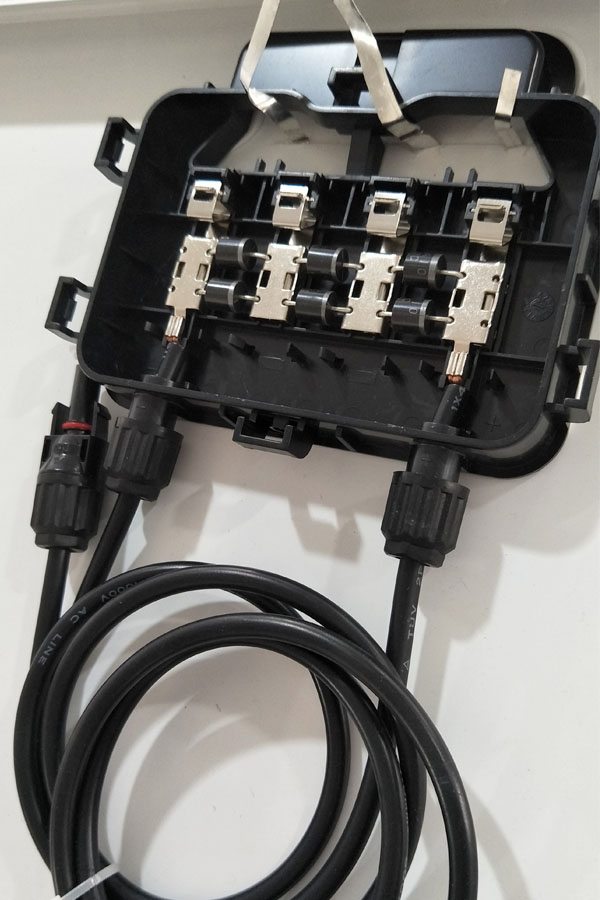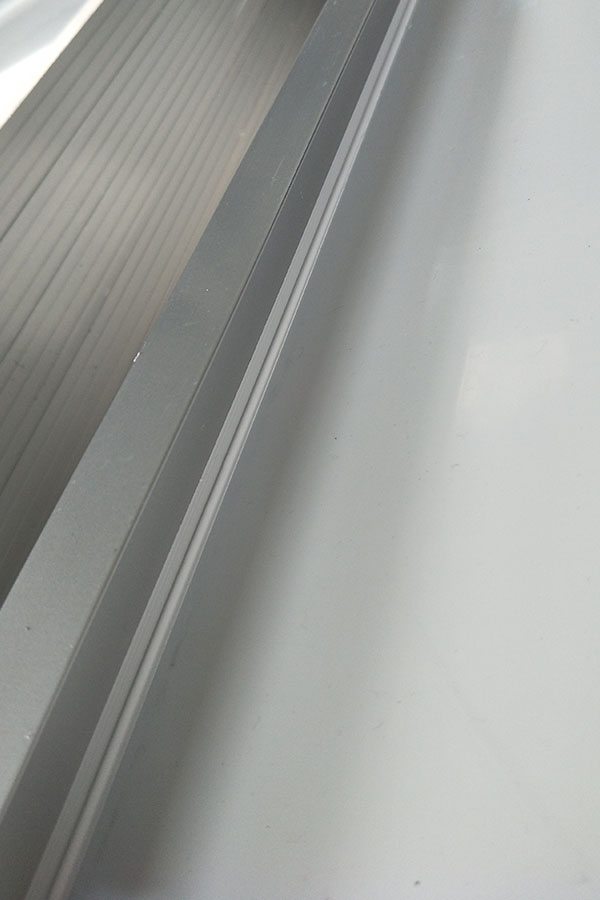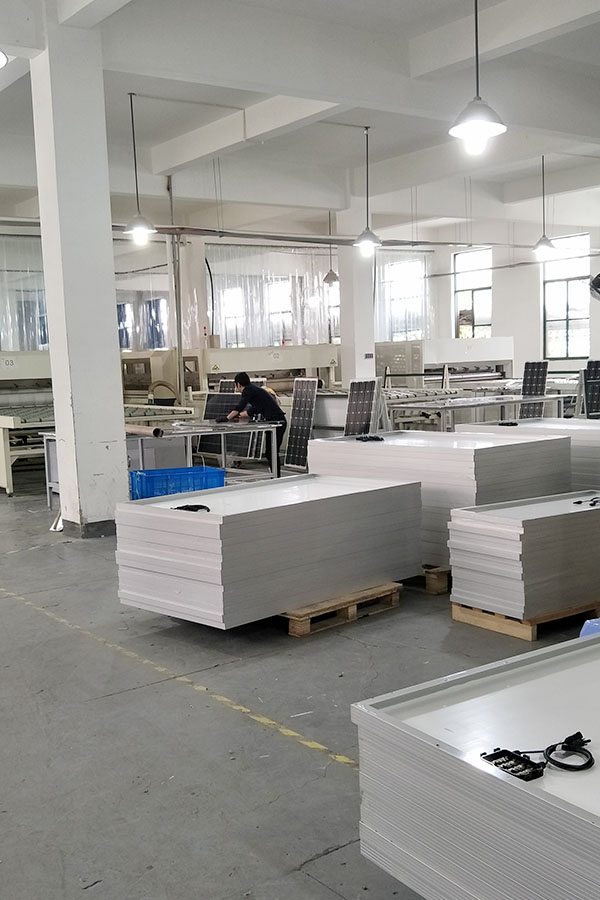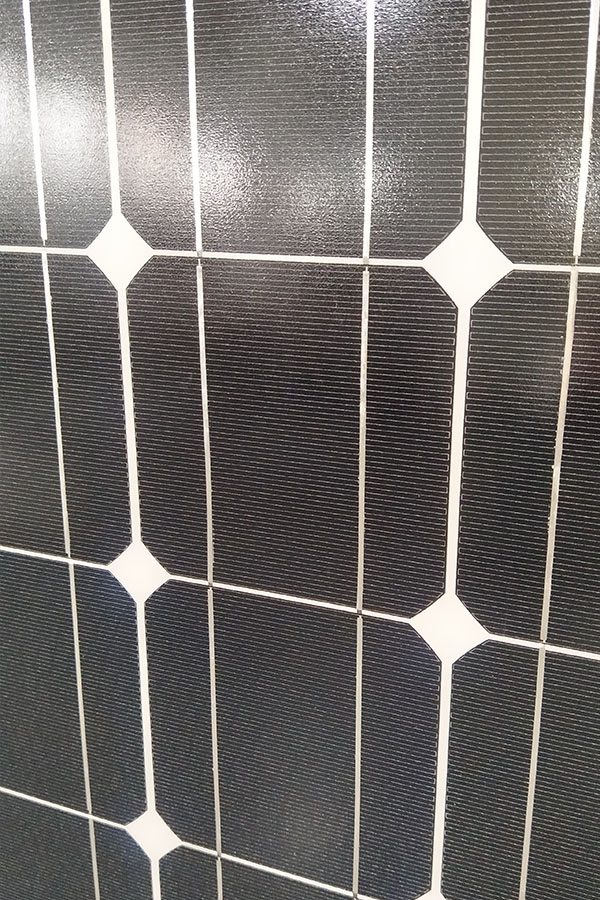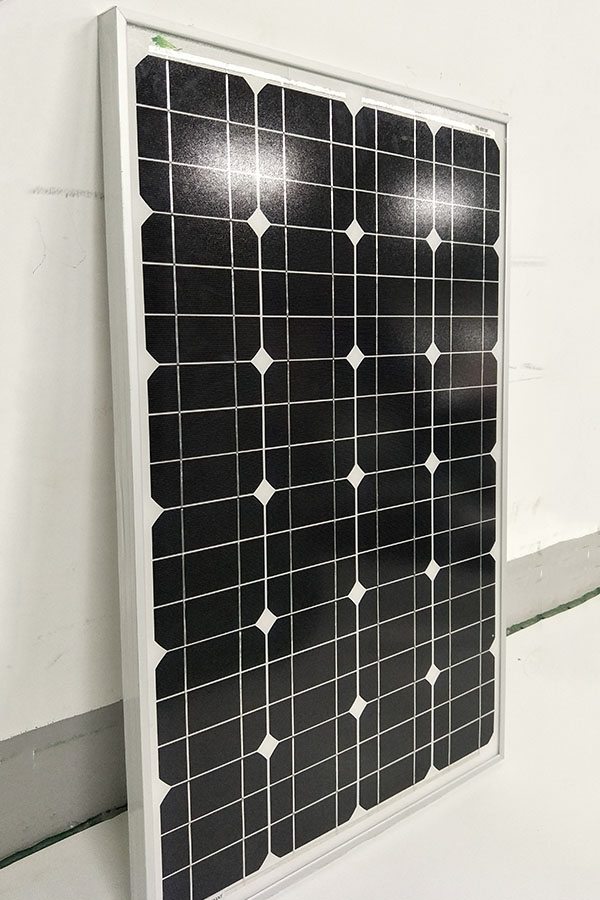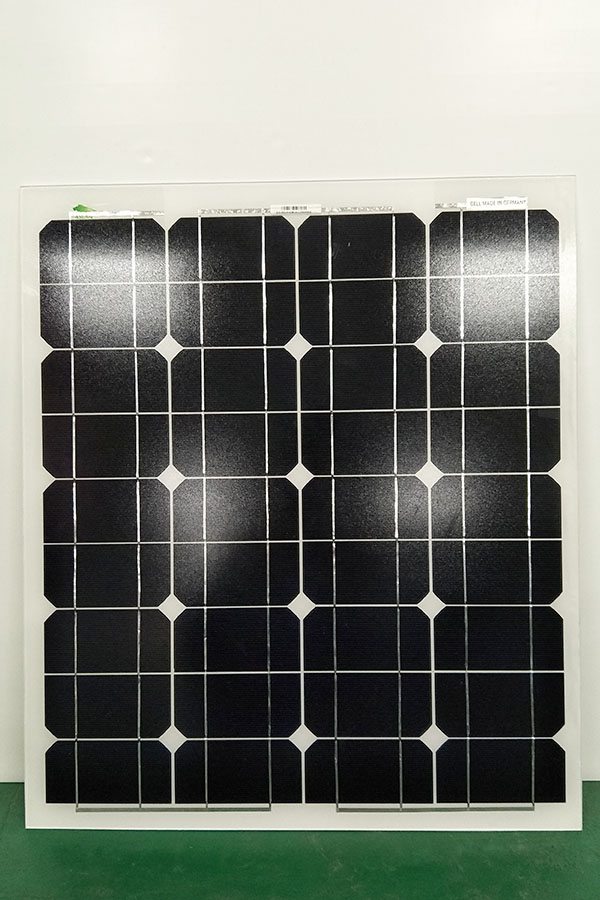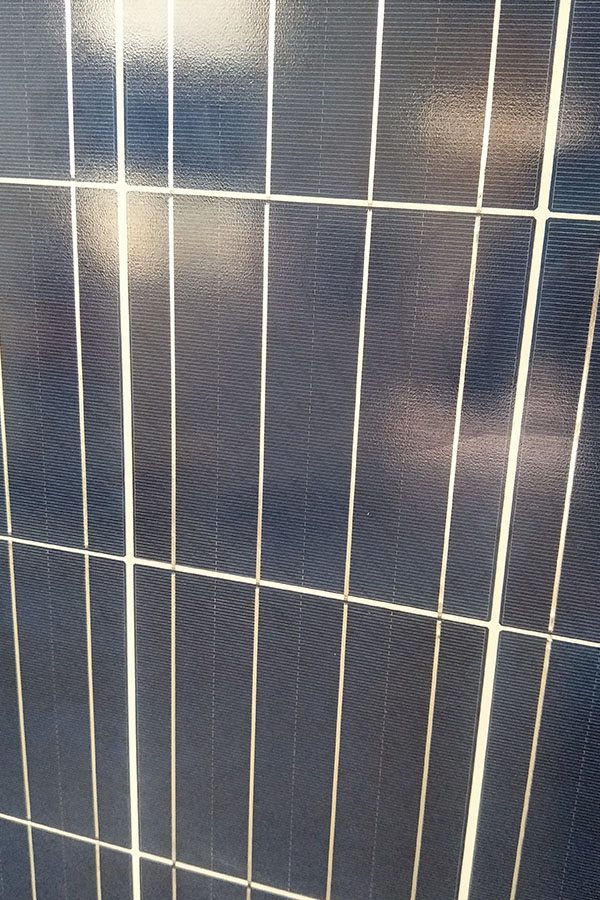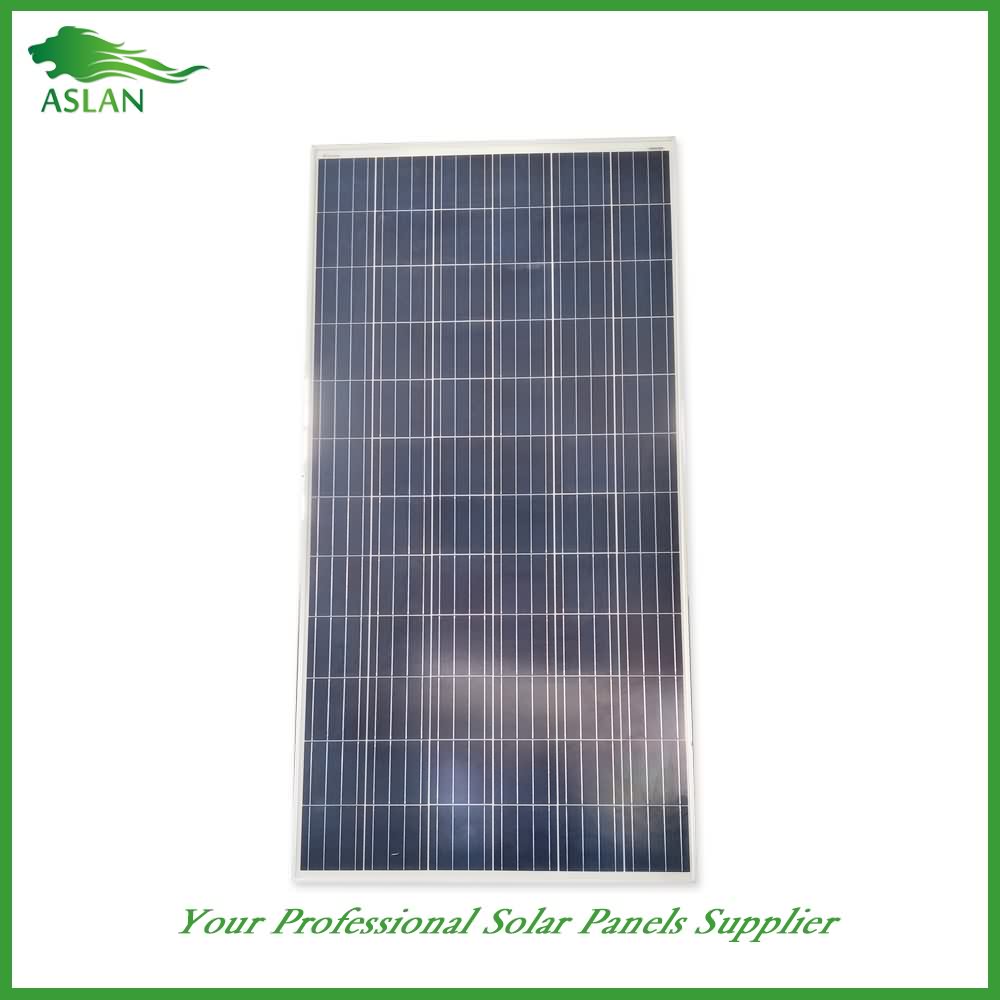High reputation for Mono-Crystalline 250W Solar Panel Nigeria Factories
Short Description:
We support our buyers with ideal high quality products and high level service. Becoming the specialist manufacturer in this sector, we have gained rich practical experience in producing and managing for High reputation for Mono-Crystalline 250W Solar Panel Nigeria Factories, We are also constantly looking to establish relationship with new suppliers to provide innovative and smart solution to our valued customers.
Mono-Crystalline 250W Solar Panel
Technical parameter
Maximum Power(W) 250W
Optimum Power Voltage(Vmp) 30.3V
Optimum Operating Current(Imp) 8.29A
Open Circuit Voltage(Voc) 36.76V
Short Circuit Current(Isc) 8.91A
Mechanical Characteristics
Cell Type Monocrystalline 156x156mm (6 inch)
No of Cell 60 (6x10pcs)
Dimensions 1640x990x40mm
Weight 18.0KGS
Front Glass 3.2mm,High Transmission, Low Iron,Tempered Glass
Junction box IP65 Rated
Output Cable TUV 1×4.0mm2/UL12AWG,Length:900mm
Temperature and Coefficients
Operating Temperature(°C): -40°C ~ + 85°C
Maximum System Voltage: 600V(UL)/1000V(IEC) DC
Maximum Rated Current Series: 15A
Temperature Coefficients of Pmax: -0.47%
Temperature Coefficients of Voc: -0.389%
Temperature Coefficients of Isc: 0.057%
Nominal Operationg Cell Temperature (NOCT): 47+/-2°C
Materials of solar panel
1).Solar Cell——Mono-crystalline solar cell 156*156mm
2).Front Glass——-3.2mm, high transmission, low iron, tempered glass
3).EVA——-excellent anti-aging EVA
4).TPT——-TPT hot seal made of flame resistance
5).Frame——anodized aluminum profile
6).Junction Box——-IP65 rated, high quality, with diode protection
Superiority: high quality anodized aluminum frame, high efficiency long life, easy installation, strong wind resistance, strong hail resistance.
Features
1. High cell efficiency with quality silicon materials for long term output stability
2. Strictly quality control ensure the stability and reliability, totally 23 QC procedures
3. High transmittance low iron tempered glass with enhanced stiffness and impact resistance
4. Both Polycrystalline and Mono-crystalline
5. Excellent performance in harsh weather
6. Outstanding electrical performance under high temperature and low irradiance
Quality assurance testing
Thermal cycling test
Thermal shock test
Thermal/Freezing and high humidity cycling test
Electrical isolation test
Hail impact test
Mechanical, wind and twist loading test
Salt mist test
Light and water-exposure test
Moist carbon dioxide/sulphur dioxide
A small solar panel I made that charges my cell phone. Please excuse my ghettoness of cardboard being my base for the cells. It’s what I had quickly on hand, and I don’t really care that much right now. This is mostly experimental.
The specs are for both panels separately:
~4 volts
~.8 amps
Both panels are wired in series, so the total voltage is around 8.
The panels together charge a battery bank of 4 1.2 volt rechargable batteries, which then charge my cell phone.
I have not tested how long it takes to charge all 4 batteries from completely dead to fully charged, but I would say that it would take roughly around 1-2 hours.
I would also like to thank those who post useful videos on how to do build your own solar panels. They are very inspiring and very helpful. One in particular, RobertSmith3 is building a ~63 watt solar panel, in which I have found his videos to be quite informative and useful. Check his out:
Systellar installed and commissioned 160 KWp Grid-tied Rooftop Solar Power plant in Faridabad, Haryana. The system uses mono-crystalline and poly crystalline solar panels & 7 nos. of Schneider 25 KW Grid-tied inverter. System performance can be remotely monitored through internet from anywhere.
The power plant has been generating clean solar power for last 6 months and has delivered peak performance of 850+ units.
For more information you can visit company website: http://systellar.co.in/solar-power-plant-installation/
